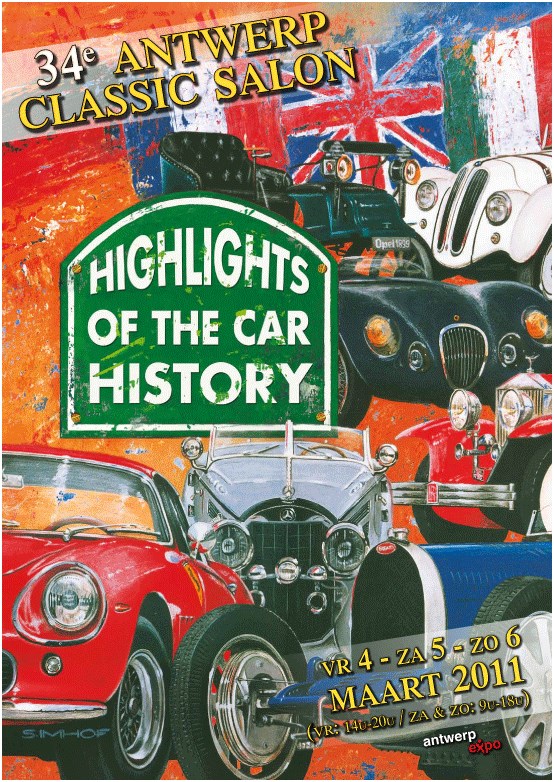David nous raconte l'histoire de la légendaire Ferrari 166MM de 1953
Many of the cars that were built in the Ferrari 166 MM series were similar to one another. The 166 MM/53 represented a refinement an enhancement of the technology that went into those earlier cars. With the same 2 litre engine, greater performance and handling was available.
In the early 1950s, Ferrari was building a strong reputation for developing racing-cars, and one of the important steps in their evolution was the creation of the Ferrari 166 MM-series. The MM stands for Mille Miglia, a one thousand mile race that was run from 1927 to-1957 and continued in present days in Italy.
By mentioning the race when naming their car, it was very clear that Ferrari was-designing it to perform well there and it did. The 166 MM/53 had a 2 litre engine that was-built with a V12 configuration. It was made of aluminum alloy, and was fed by three Weber-carburetors. This delivered 154 horsepower which got this small car running in a-hurry.
There was a five speed manual transmission that delivered power to the rear wheels-as was the case with all of the small Ferrari race cars of the day. All four wheels had-aluminum drum brakes that offered respectable stopping power and helped to reduce the weight. -The chassis of the car was very similar to that of its predecessor, the 166 MM. It was a steel tube-design, and it had an aluminum body over top.
The suspension of this car was excellent, much like the rest of the 166-series. There was an uneven double wishbone set up in the front that also had an anti-roll bar. In the back there was a live axle and semi-elliptic leaf springs with twin radius arms.
One of the most important things a manufacturer must consider when building a race-car is the weight because it affects the acceleration, handling and breaking characteristics. -That is one thing that this automobile had going for it; in its racing form, it was a scant 1433-pounds. Mated with the small V12 engine, this performed admirably on the track.-
There were actually two forms of the 166 MM/53 that were offered. It came in-a coupe and also in a racing barchetta. One of the most famous and versions was the Agarth-Spyder, which had a number of additional refinements that reduced weight and further prepare the car-for racing. One of the ingenious things about the body was that the panels were bolted onto the-frame, which allowed them to be easily replaced when they were damaged. This was a-particularly odd-looking version of the car, with a single headlight in the front. This car was successful in-winning its class at the Targa Florio, and it was the outright champion at Messina over 10 hours of-racing.
It was very soon that Ferrari racing would start to look to cars that had larger-displacement, but many people will always find the smaller displacement, light weight cars to be-some of the best examples of what the company was doing at the time.
© car show classic







